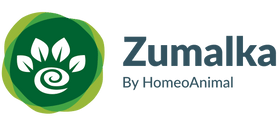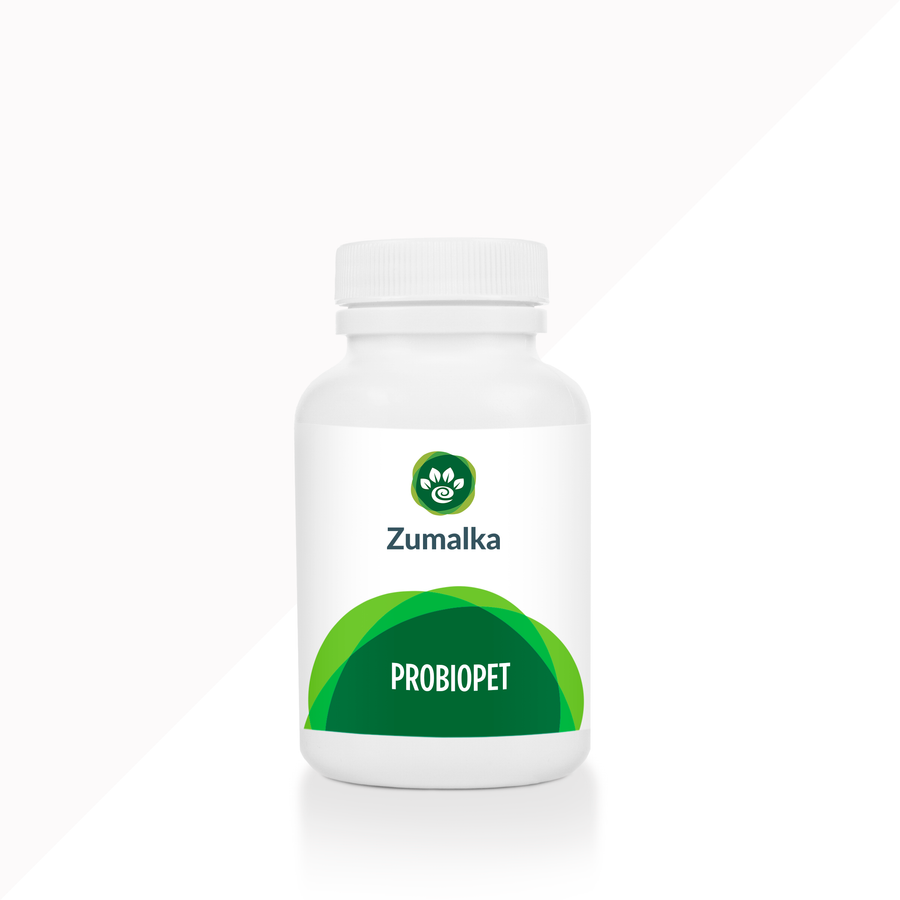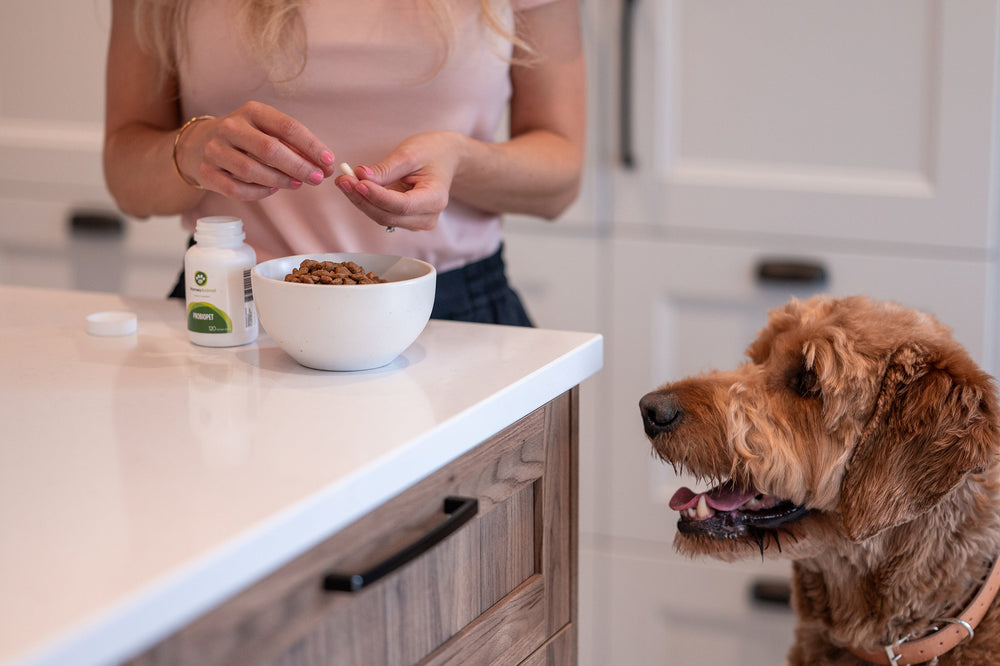Vet Insights: Raw Pet Food Diet – Is It Safe, Healthy, or Harmful?
As raw food diets for pets gain traction, many owners believe they offer a more natural and nutritious alternative. Yet concerns about safety and health risks continue to fuel debate among veterinarians and experts.
This article breaks down what a raw food diet for pets involves, including its potential benefits and scientifically documented risks. You'll also discover key factors every pet owner should consider before making the switch to raw feeding.
Before switching to a raw food diet, it is essential to consult with a veterinarian or a pet nutritionist to ensure the diet meets your pet's specific health needs. Safe, well-informed decisions that benefit long-term health and well-being are supported by expert advice.
Should You Feed Your Pet a Raw Food Diet? Here's What to Know

A raw food diet for pets features uncooked ingredients, including muscle meat, organ meat, raw bones, eggs, fruits, vegetables, and occasionally dairy. This approach aims to mimic a natural, ancestral diet, but it requires careful balance to meet your pet’s nutritional needs safely.
The BARF diet, short for “Bones and Raw Food” or “Biologically Appropriate Raw Food,” was introduced in 1993 by Australian veterinarian Dr. Ian Billinghurst. Designed to mimic the ancestral diet of wild dogs and cats, it emphasizes raw, natural ingredients for optimal pet health.
Types of raw diets
Homemade raw diets are prepared by pet owners using fresh, uncooked ingredients, offering full control over what goes into a pet’s bowl. However, they require precise formulation to ensure complete and balanced nutrition tailored to your pet’s specific needs.
On the other hand, commercially prepared raw diets come in convenient forms such as fresh, frozen, freeze-dried, dehydrated, or high-pressure pasteurized (HPP) options. Some kibble products also include raw-coated or freeze-dried raw pieces, offering a hybrid approach to raw feeding.
Why Some Experts Support Raw Food Diets for Pets
Supporters of raw food diets often report shinier coats and healthier skin in pets, likely due to high-quality proteins and essential fatty acids. Additionally, chewing raw bones may promote better dental hygiene by reducing tartar buildup, bad breath, and plaque.
Pet owners often observe increased energy and vitality in animals fed a raw food diet, suggesting improved overall health and well-being. Many also report better digestion and stool quality, such as smaller, firmer, and less odorous stools, particularly in pets with sensitive stomachs.
Raw food diets, typically high in protein and low in carbohydrates, may support healthy weight management and body condition in pets. Many owners also appreciate the control over ingredients and the appeal of offering a more natural, minimally processed diet free from artificial additives.
Why Raw Food Diets May Not Be Right for Every Pet

Salmonella, E. coli, and other dangerous pathogens are frequently found in raw meat. Listeria, E. Coli, and parasites like Trichinella spiralis can be present in pork. These microorganisms have the potential to cause major health problems for pets, such as severe infections, upset stomachs, or even death.
It is crucial to note that handling raw pet food poses a contamination risk to humans, especially those who are immunocompromised, elderly, pregnant, or very young. Pathogens can also spread through pet saliva and feces, increasing the potential for household exposure and illness.
Nutritional imbalances and deficiencies
- Formulating a complete and balanced raw diet, especially at home, can be challenging, often leading to nutritional imbalances or deficiencies. Key nutrients like calcium, phosphorus, and essential vitamins must be carefully managed to support long-term pet health.
- Feeding an unbalanced raw diet over time can result in serious health issues, including anemia, liver dysfunction, low bone density, and developmental problems in growing puppies. These deficiencies may not show immediately, but can lead to long-term damage if left unaddressed.
- Feeding raw bones can pose serious risks, including choking, intestinal blockages, and dental injuries like chipped or broken teeth. Cooked bones are even more dangerous, as they’re prone to splintering and can cause intestinal perforation and internal bleeding.
- Moreover, feeding a raw diet at home can be expensive, particularly for large-breed pets, due to the need for high-quality, premium ingredients. It also demands a significant time investment for preparation, thawing, and maintaining strict food safety and hygiene practices.
Lack of scientific evidence and veterinary concern
- While many pet owners share positive experiences with raw feeding, most of the reported benefits remain anecdotal. Scientific research on raw diets is limited, and some veterinarians express concern over the lack of conclusive evidence supporting their safety and effectiveness.
- Many mainstream veterinarians, along with organizations like the FDA, AVMA, WSAVA, and AAHA, caution against raw diets, especially homemade versions, due to documented health and safety risks. Their stance is based on concerns over nutritional imbalances, bacterial contamination, and a lack of scientific evidence supporting long-term benefits.
- Raw diets are generally not recommended for all pets, particularly puppies, senior dogs, and those with compromised immune systems or serious medical conditions. Pets with illnesses such as pancreatitis, diabetes, or advanced heart, kidney, or liver disease may face increased health risks when fed raw food.
Choosing the Right Diet for Your Pet: Informed, Safe, and Science-Based
A trained pet nutritionist or your veterinarian should be consulted before beginning a raw food diet. Depending on your pet's age, breed, size, health, lifestyle, and home setting, they can provide customized guidance.
Should you make raw pet food at home or buy it?
Homemade raw diets are extremely difficult to balance without the guidance of a veterinary nutritionist. Without proper formulation, pets face an increased risk of nutrient deficiencies and long-term health complications.
If opting for raw feeding, commercially prepared diets labeled as complete and balanced are generally recommended, especially those from reputable manufacturers that follow strict hygiene standards and conduct feeding trials. High-pressure processed (HPP) raw foods offer an added layer of safety by significantly reducing harmful bacteria.
Essential food safety tips for raw feeding pet owners
- Feeding a raw pet diet requires strict hygiene practices to minimize health risks. One key step is keeping raw pet food completely separate from other household foods to avoid cross-contamination.
- Use dedicated, easy-to-clean bowls and utensils, preferably stainless steel, glass, or metal, when preparing raw pet food. Always wash your hands thoroughly with soap and water after handling raw ingredients or touching any contaminated surfaces to reduce bacterial risk.
- Sanitize all surfaces and tools used during raw pet food preparation to prevent the spread of harmful bacteria. Always thaw raw food safely in a sealed container in the refrigerator. Never use a microwave, as it can compromise food quality and safety.
- Defrosted raw pet food should be used within 24 hours and never refrozen, as this increases the risk of bacterial growth. Be sure to wash your hands after handling your pet, since their saliva and feces can carry and spread harmful pathogens.
- Every pet has unique dietary needs, so it’s important to consider factors like age, activity level, allergies, and existing health conditions when evaluating food options. Tailoring your pet’s diet to their requirements supports better long-term health and well-being.
Keep Your Pet Safe from Harmful Toxins for a Happier, Healthier Future

No matter your pet’s diet, environmental toxins can still pose a serious health risk. Reducing exposure to these toxins is key to supporting your dog or cat’s long-term health and well-being.
Over time, these invisible stressors can build up in your pet’s body, placing a burden on vital organs like the liver, kidneys, and lymphatic system.
That’s why a gentle, natural detox twice a year is a smart way to support your dog or cat's long-term vitality. Just like us, pets benefit from periodic internal “resets” that help the body eliminate waste, improve nutrient absorption, and keep their immune system functioning at its best.
Zumalka’s GENERAL DETOXIFICATION KIT offers a complete and holistic approach to seasonal detox. It includes:
- KIDNEY DRAINER to support healthy kidney function and flush out accumulated waste
- LIVER DRAINER to promote liver health and assist in breaking down toxins
- LYMPH DRAINER to stimulate lymphatic drainage and reduce toxin buildup
- ENVIRONMENTAL DETOX to target environmental pollutants and allergens
- PROBIOPET to restore healthy gut flora, which plays a crucial role in immunity and detoxification
Together, these remedies work in harmony to help clear out toxins, boost organ function, and strengthen immune defenses, setting the stage for better digestion, higher energy levels, and improved overall wellness.
A biannual detox is a simple but powerful way to help your pet feel their best—naturally.
A Final Word
Choosing to feed a raw diet is a complex decision that involves weighing reported benefits against scientifically documented risks. Prioritizing your pet’s health means making informed, evidence-based choices in consultation with veterinary professionals and pet nutritionists.
Ultimately, the best diet is one that’s complete, balanced, and safe, tailored to your pet’s specific needs, life stage, and health status. A well-informed, individualized approach ensures long-term wellness and supports your pet’s quality of life at every age.
Work with your veterinarian or pet nutritionist to develop a diet that’s safe, balanced, and tailored to your pet’s individual needs. Their expert guidance can help your pet live a longer, healthier, and more vibrant life.
FAQs
Is raw pet food healthy?
Raw pet food may offer benefits like improved coat, digestion, and energy, but it also carries risks such as bacterial contamination and nutritional imbalances. Consult your veterinarian to determine if it's safe for your pet.
What is the risk of raw pet food?
Raw pet food poses risks, including bacterial contamination (e.g., Salmonella, E. coli), nutritional imbalances, choking hazards, and cross-contamination to humans. These risks can impact both pets and people, especially without proper handling and expert guidance.
Why do vets say not to feed raw?
Many veterinarians advise against raw diets due to risks like bacterial contamination, nutritional deficiencies, and safety concerns for pets and humans. Scientific evidence supporting raw feeding is limited, making expert guidance essential.
What are the side effects of a raw food diet for dogs?
A raw food diet for dogs may cause side effects like bacterial infections, digestive issues, nutritional imbalances, and dental injuries. Without proper formulation, long-term use can harm your dog’s health. Always consult your veterinarian or pet nutritionist.
Do vets recommend raw dog food?
Many veterinarians are cautious about recommending raw dog food due to risks like bacterial contamination and nutritional imbalance. While some may support it case by case, expert guidance is strongly advised.
What are the dangers of raw food?
Raw pet food can pose dangers such as bacterial contamination (e.g., Salmonella, E. coli), nutritional deficiencies, choking hazards, and cross-contamination to humans. These risks highlight the need for proper formulation, handling, and veterinary oversight.
What is the safest food for dogs?
The safest food for dogs is a complete and balanced diet formulated to meet their nutritional needs. Commercial diets approved by veterinary standards offer consistency, safety, and essential nutrients for long-term health.
Is a raw diet safe for cats?
Raw diets for cats can provide some benefits, but also pose risks such as bacterial contamination and nutrient deficiencies. Safety depends on proper formulation and handling. Veterinary guidance is essential before making the switch.
What is the best raw dog food?
The best raw dog food is balanced, full of nutrients, and produced by reliable companies that adhere to AAFCO regulations. Select recipes created by professionals with premium ingredients and stringent food safety regulations.
Can cats eat raw meat every day?
Cats can eat raw meat daily if it’s part of a complete and balanced diet tailored to their nutritional needs. Feeding raw meat alone risks deficiencies, so always consult a veterinarian or certified pet nutritionist first.
Can my dog lick me after eating raw food?
Avoid letting your dog lick you after eating raw food, as their saliva can transmit harmful bacteria like Salmonella. Practicing proper hygiene and limiting contact after meals helps reduce the risk of cross-contamination.
Do dogs live longer on raw food?
There’s no conclusive scientific evidence that dogs live longer on a raw food diet. While some owners report health benefits, longevity depends on balanced nutrition, genetics, and veterinary care, not diet alone.
What are the pros and cons of raw dog food?
Raw dog food may improve coat condition, digestion, and energy, but it also poses risks like bacterial contamination, nutritional imbalances, and dental injuries. Success depends on proper formulation, safe handling, and veterinary oversight.
What is the best diet for a dog?
The best diet for a dog is complete, balanced, and tailored to their age, breed, and health. AAFCO-compliant diets and expert guidance from a veterinarian or pet nutritionist ensure optimal nutrition.








We have 2 large dogs, who have been eating raw since about 8-12 weeks, (they are both 3 1/2 years old…)Our vet is a unique individual who is very supportive of our use of a raw/barf diet. Our dogs; a lab and a bernese mtn. dog are robustly healthy and have great energy teeth are amazing and are friendly and well behaved.. If you cook at home for yourself, you’re qualified… just remember to give the dogs their own section of the fridge/freezer that way, there are no OOOps… Best regards…
Does feeding your dogs Raw meat does it have to be organic grass fed meat
Before going raw my dog ( Shepard/husky mix) he had skin allergies, loose stool and was over weight. Since feeding a mixture of home made and premade raw his health has improved greatly. Stool looks great, skin is good, no more stinky, oily fur,fur is shiny and he has loads of energy. He went from 36kg to 29.3 in 6 months. The vet was amazed at how clean his teeth were and his overall health ( and made sure I understood that raw was unsafe. Raw food cannot be prepared in the home safely. Funny how I cook my own family’s food from raw.) I’m amazed at how many people I’ve met that have been feeding raw for years. I’m just sad I didn’t hear about it when we had our previous dog who had so many allergies and problems.
Knowing what I now know about commercial food vs Raw , I would never ever use commercial food unless it was wheat free. My dogs eat raw Turkey necks ground up and raw veg (green with a bit of purée garlic ) and sometimes carrot with ginger for the stomach. My beagles whit on them is very whit , their teeth are plaque free and they thrive on their food. I a
Los will add flax oil , kelp and white willow at times Plus I put Coildial silver inthe water
I have a four month puppy and we’ve tried qa couple of hard dog foods and she is either not eating much or having diarrhea I would like to know if a raw food diet hurt her if we started it right away. The vet says says she is healthy and she has all her needles
“lady’s”. Mum. Margo
Leave a comment